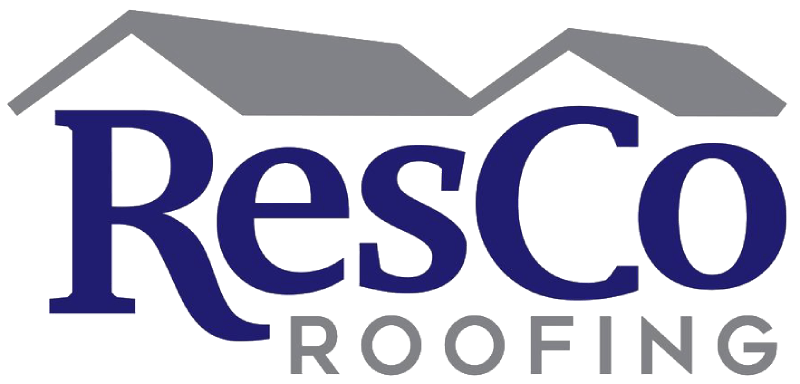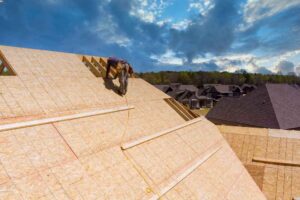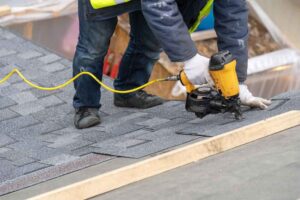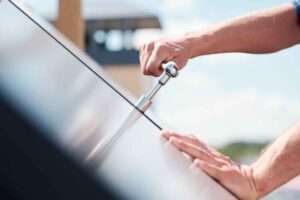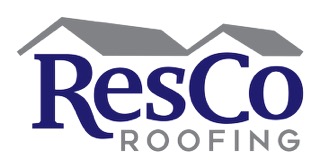Leaks Be Gone: A Comprehensive Guide to Roof Leak Repair
Roof leaks are one of the most frustrating and potentially damaging issues that homeowners can face. Not only can they lead to costly repairs, but they can also cause health problems due to mold and mildew growth. That’s why it’s crucial to take proactive measures to prevent leaks from happening in the first place. But if you do find yourself dealing with a leaky roof, don’t worry – help is at hand. In this comprehensive guide, we’ll cover everything you need to know about roof leak repair, from identifying the source of the problem to choosing the right materials and tools to carry out the repair yourself. So let’s dive in and discover the secrets to keeping your home dry and leak-free for years to come!
Understanding the Causes of Roof Leaks and Types of Damage They Can Cause
Roof leaks can wreak havoc on a building if left unattended, causing a range of issues that can be pricey to rectify. Understanding the causes of these leaks is crucial. While poor installation, wear and tear due to weather, and animal damage are common culprits, the consequences can be far-reaching.
One significant concern stemming from roof leaks is water damage. Discoloration of the ceilings, characterized by unsightly brown spots, is a telltale sign of infiltration. If ignored, mold and mildew growth can ensue, posing health hazards for occupants. Moreover, building materials such as wood, drywall, and insulation can deteriorate, potentially compromising the structural integrity of the entire structure.
Energy costs are also impacted by roof leaks. Escaping air from the leaks forces heating and cooling systems to work harder, thereby raising energy consumption and utility expenses. In the absence of prompt intervention, the cumulative damage may result in the need for costly repairs or even a complete roof replacement. To minimize such risks, it is vital to promptly engage with a professional roofing contractor at the first sign of leaks.
Taking preventive measures is undeniable, given the potential consequences. By addressing roof leaks promptly, both property owners and occupants can avoid significant financial burdens and health hazards. Protect your investment, and ensure the well-being of all by acting swiftly when leaks become apparent.
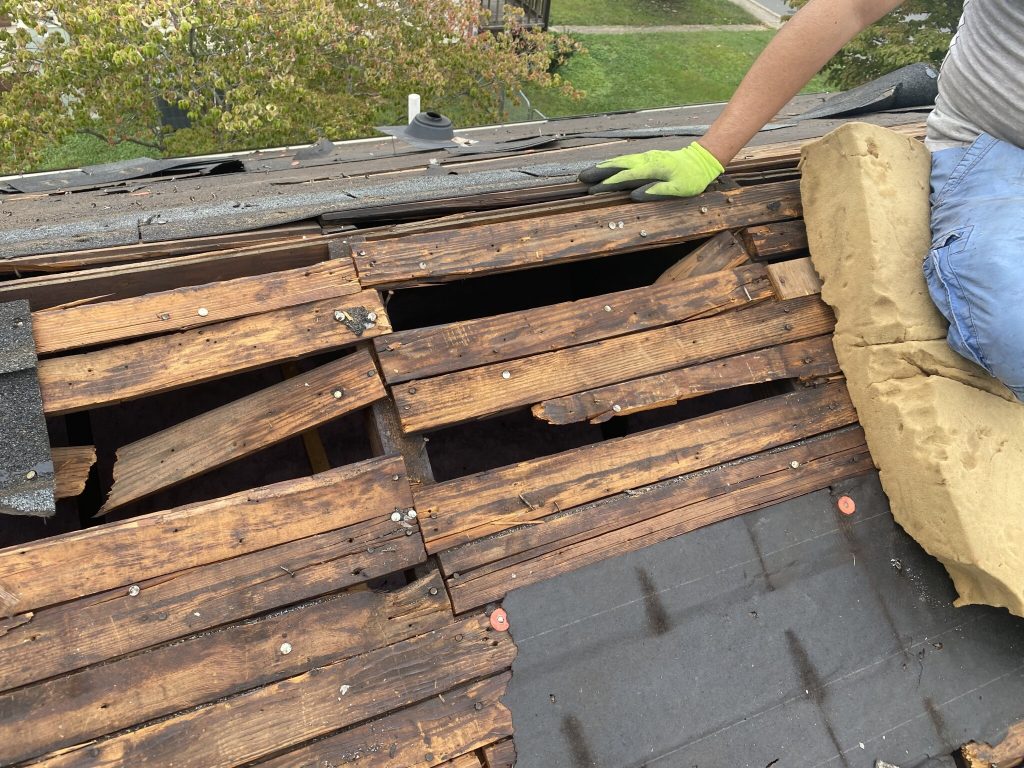
Inspecting Your Roof for Potential Leaks and Identifying Problem Areas
To effectively address a leaky roof, it is crucial to begin with identifying the root cause of the issue. This necessitates a meticulous inspection of your roof to uncover any potential problem areas. During the inspection process, it is recommended to pay close attention to the following key areas:
- Roof Valleys: These are the low points where two sloping roofs meet. Due to accumulated debris or improper flashing installation, roof valleys are prone to developing leaks.
- Roof Vents and Chimneys: Improper sealing and flashing in these areas can make them susceptible to leaks. It is essential to ensure proper installation to prevent water from penetrating the structure.
- Shingles or Tiles: Inspect the condition of your shingles or tiles for any signs of damage or missing pieces, as they can create openings for water infiltration.
- Gutters and Downspouts: Clogged gutters can cause water to back up onto the roof, leading to leaks and potential damage. Regular maintenance and cleaning are necessary to avoid such issues.
- Attic Spaces: Take the time to carefully examine your attic for any indications of moisture or water stains. These signs may suggest a roof leak that needs immediate attention.
By conducting a comprehensive inspection of these critical areas, you will be able to identify potential problems and address them effectively, thereby preventing any escalation into more significant issues. Remember to exercise caution and prioritize safety during the inspection process.
Maintaining a safe and secure roof requires regular inspections of roofs. By promptly addressing any roofing concerns, you can safeguard your property from potential damage and costly repairs.
Preparing for Roof Repair – What Do You Need Before You Begin
Roof repair can be a daunting task for homeowners, but with proper preparation, it can be accomplished effortlessly. Here’s a step-by-step guide to help you tackle your roof repair project like a pro:
- Gather the necessary tools and materials: Before starting, make sure you have all the essential items ready. This includes safety gear like a secure ladder and a sturdy harness, as well as roofing materials such as shingles, nails, and adhesive.
- Assess the condition of your roof: Take a closer look at your roof and evaluate the extent of the repairs needed. This step will allow you to estimate the time and cost involved in the project. Keep an eye out for any structural damage, such as rotting or sagging, which may require professional roofer. Additionally, check if you need to obtain a permit from your local building department before getting started.
- Plan for inclement weather: Consider the weather forecast and avoid working on your roof during rainy or windy conditions. It’s crucial to prioritize safety and work under favorable weather conditions. In case unexpected weather arises, have a backup plan in place, such as a tarp or protective covering.
By following these steps, you can ensure a safe and successful roof repair project. Remember, preparation is key to avoid any potential setbacks or complications. With the right approach and attention to detail, you’ll be able to restore your roof’s condition efficiently and effectively.
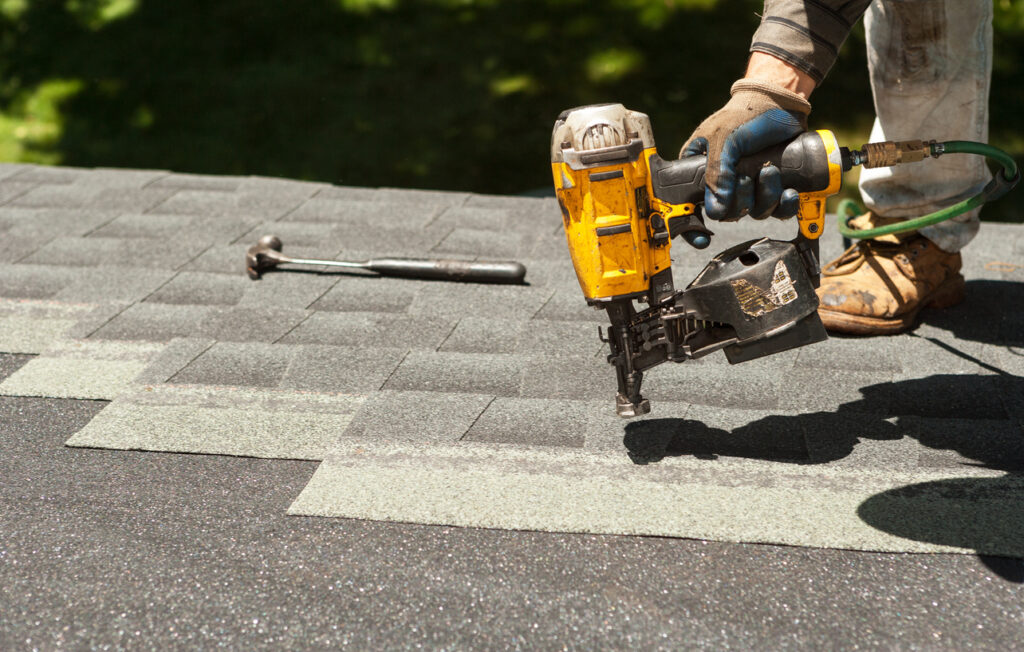
Patching Leaky Areas – The Best Ways to Apply Sealants and Tarps
Patching leaky areas in your home or business is an important task to maintain the quality of your property. It may seem daunting, but with the right materials and techniques, you can tackle these challenges effectively.
When it comes to sealants, choosing the right product is crucial. Different types of sealants are available, such as polyurethane, silicone, and acrylic, each with their own unique properties. For areas constantly exposed to water, silicone sealants are an excellent choice. Polyurethane sealants, on the other hand, offer flexibility and durability for areas that require movement.
Tarps are another valuable tool for patching leaks and protecting your property, particularly for larger jobs like covering roofs. Choosing the right size and thickness is essential for proper coverage. To secure the tarp effectively, ropes, bungee cords, or sandbags can be used to prevent it from getting carried away during storms.
So why go through the effort of patching leaks? Well, besides preventing further damage, this maintenance can save you time, money, and give you peace of mind in the long run. By promptly addressing leaky areas, you can protect your property from potential water damage and its associated headaches.
To simplify the process and make it more manageable, equip yourself with the necessary knowledge and tools. With the right approach, you’ll be able to fix these leaks quickly and efficiently, ensuring the longevity of your property.
Patching leaky areas with sealants and tarps is a vital part of property maintenance. By investing the time and effort now, you can safeguard your property and prevent future problems. Don’t delay—take action today and protect your valuable investment.
Long-term Solutions – How To Install Flashing, TPO membranes, Gutters, and More
When it comes to preserving your property’s long-term durability and value, addressing immediate concerns and patching leaks are paramount. However, don’t overlook the importance of implementing sustainable strategies. To ensure your roof stands the test of time, consider the following key steps:
- Install proper flashing: Protect your roof from water seepage by placing a robust barrier on joints and valleys. Over time, flashing can deteriorate, compromising its efficacy. Regularly inspect and replace damaged flashing to maintain a watertight roof.
- Explore TPO membranes: Opt for thermoplastic polyolefin (TPO) membranes as a reliable roofing material. Not only do they offer durability and energy efficiency, but they are also easy to install. By investing in TPO membranes, you can safeguard your property against leaks and UV damage for years to come.
- Prioritize gutter maintenance: Ensure water is efficiently diverted away from your roof and foundation by maintaining your gutters. Blockages caused by debris can lead to water backup and potential damage. Regular gutter upkeep will prevent these issues and promote optimal functionality of your roofing system.
- Seek professional inspections: While DIY inspections are valuable, schedule at least one professional roof assessment annually. Certified roofing contractors possess the expertise and tools necessary to identify potential problems early on. This proactive approach ensures long-term solutions for your property.
By adhering to these strategies, you can protect the longevity of your roof while reducing the need for expensive repairs in the future. Regular maintenance, coupled with timely repairs and professional inspections, preserves your investment and upholds your property’s value. Make these practices a priority to secure a robust and enduring roof.
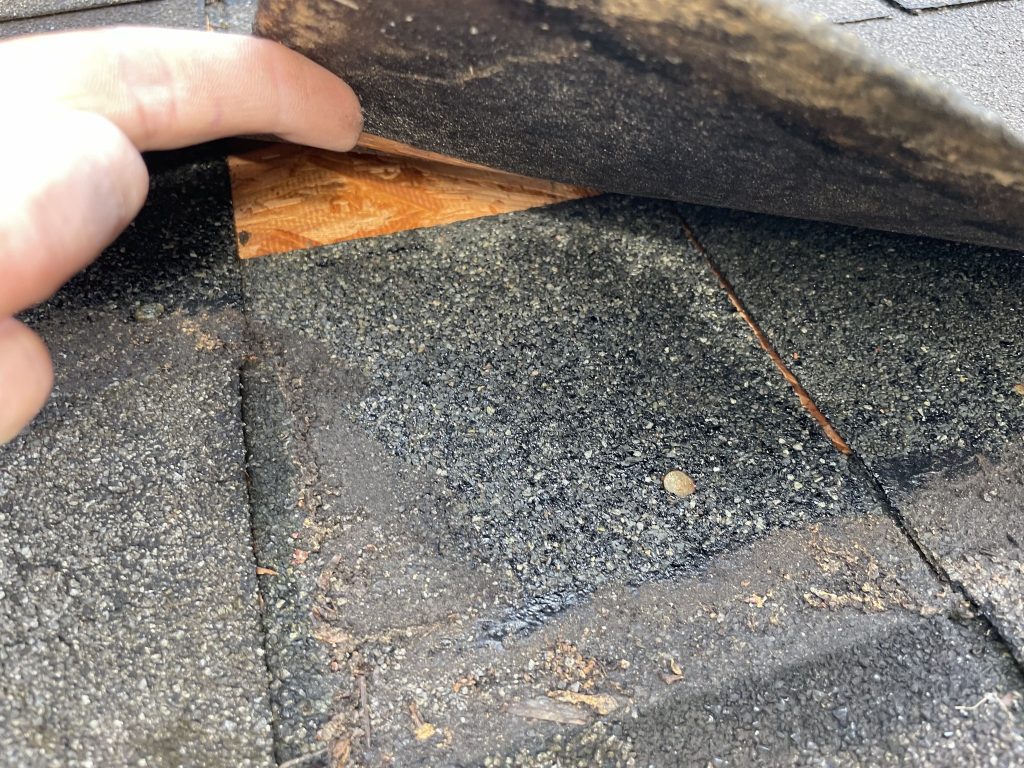
After Care – How To Keep Your Roof In Top Shape For Years To Come
To ensure your roof maintains optimal performance, it is crucial to follow proper after-care measures diligently. Here are some essential steps you should take:
- Regular Inspections: Don’t wait for a major issue to arise; be proactive by scheduling periodic visual inspections. Especially after severe weather conditions, inspect your roof to identify any potential problems early on. By doing so, you can prevent minor issues from turning into major headaches down the line.
- Remove Debris: Fallen leaves, branches, and other debris can accumulate on your roof over time, leading to clogs in gutters and potential damage to shingles. It is vital to clear your roof regularly to prevent blockages and maintain its structural integrity.
- Trim Overhanging Tree Branches: Overhanging tree limbs can scratch and damage your roof’s surface, especially during high winds or storms. By keeping these branches trimmed, you can prevent unnecessary wear and tear, ensuring your roof remains in top shape.
- Promptly Address Leaks: If you notice any signs of a leak, such as water stains or dampness, take immediate action. Don’t wait for the problem to worsen, as it can cause significant damage to your roof and potentially other parts of your property.
By adhering to these simple after-care measures, you can effectively maintain the integrity and prolong the lifespan of your roof. Remember, a well-maintained roof not only protects your property but also adds value and enhances its overall appearance. Make sure to stay committed to your after-care routine for a roof that will serve you well for many years to come.
In conclusion, proper maintenance and timely repairs are essential for the longevity of your roof. By understanding the best practices for addressing leaky areas, implementing long-term solutions, and following through with after-care measures, you can ensure a robust and enduring roof for your property. Don’t neglect the importance of routine inspections and maintenance – it will save you time, money, and stress in the long run. Invest in the necessary tools and knowledge to keep your roof in top shape and protect your valuable investment. Remember, a well-maintained roof is not only functional but also adds value and enhances the overall appearance of your property. So take care of your roof, and it will take care of you for many years to come. Keep these tips in mind and be proactive in maintaining your roof – it’s an investment that pays off in the long run.
